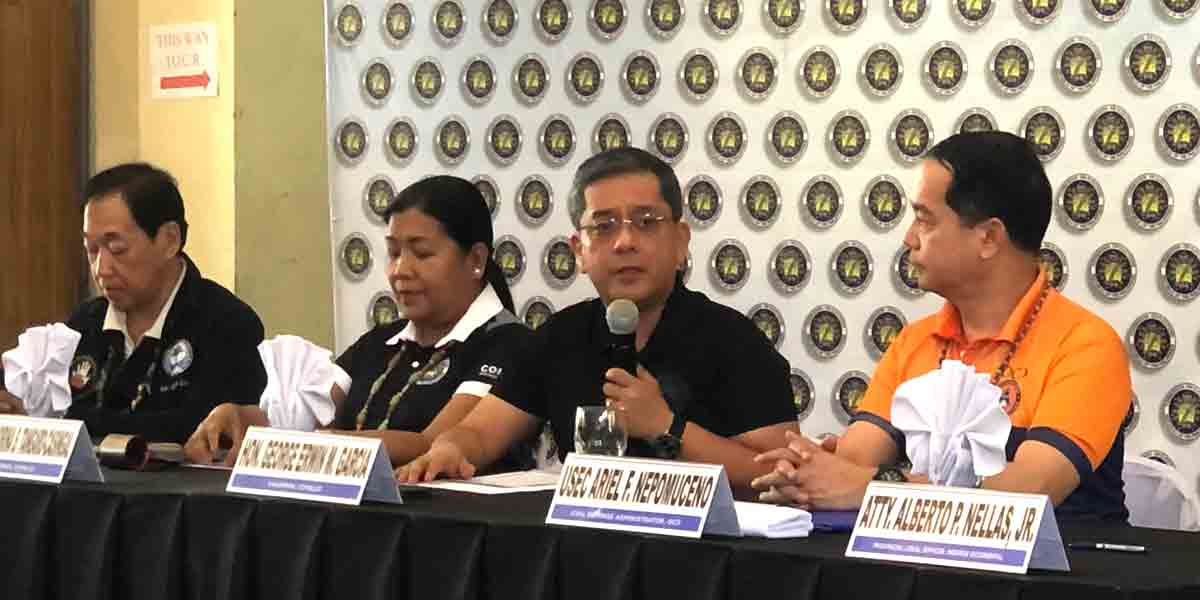By James Jimenez
Polymer notes – currency made from a durable and flexible plastic material known for their resistance to water and dirt, and therefore, their longevity – are still struggling to find acceptance. I, myself, am not a fan of polymer money, and so the recent news that the Bangko Sentral ng Pilipinas (BSP) has released three new denominations to be transitioned to polymer – the five-hundred, hundred, and fifty peso bills, on top of the 1,000 peso bill released much earlier – has made me look closer at the question of currency designs.
There is no strict rule that requires us to feature people on paper money. How our money looks typically depends on the aesthetic adopted by the government through the BSP, and it can reflect a wide range of themes or priorities. However, the shift to showcasing fauna and flora in place of historical figures is so jarring that public discussions have inevitably erupted all over the place and especially on social media – the new public marketplace of ideas. And going through all these arguments and back-and-forth discussions, it has become clear that the controversy goes beyond aesthetics; instead touching on cultural memory, national identity, and the evolution of what currency represents.
PEOPLE ON MONEY
For as long as anyone can remember, Philippine paper currency has featured presidents or heroes, as well as pivotal moments in the country’s history, in a kind of short-hand memory aide. This particular aesthetic is not surprising, considering that we normally follow the lead of the United States (it’s true and you know it). With canonical heroes occupying our coinage – Jose Rizal, Andres Bonifacio, and Emilio Aguinaldo (joined recently by Manuel L. Quezon) – paper money has been largely the territory of persons and events from our more recent history. Thus, we have Ninoy Aquino – whose status as hero has been questioned of late – a former president’s oath taking after the unceremonious expulsion of her validly and overwhelmingly elected predecessor, and three personalities ordinary people still struggle to identify.
Admittedly, the images portrayed on our money are historical. And without a doubt, these events impacted our national life; and those three people – Josefa Llanes Escoda, Jose Abad Santos, and Vicente Lim – surely stepped up for our country during the second world war. But if you’re looking at this objectively, you have to ask: can these images not be touched?
You might argue that changing the faces on currency is tantamount to historical erasure, and certainly there might be that element to it. But to argue this only overlooks the dynamic nature of how a society chooses to remember and engage with its past. A country cannot depend on banknotes to preserve cultural memory. A banknote, while symbolic, is but one vehicle of historical preservation; it cannot be the sole custodian of memory. That is a job for educators, working through the education system, literature, and various public monuments; institutions that must engage in active remembrance; and citizens doing their part in propagating community narratives to ensure that heroism and historical contributions are not forgotten.
CURRENCY AS LIVING MONUMENT
To my mind, currency should be a living monument to the Filipino people as a whole. The images on it encapsulate the essence of our identity, our priorities, and our values. Unlike statues and portraits made of stone or paint, banknotes need to change over time and they should reflect shifting cultural narratives and pressing concerns. As bits of functional art, passing through millions of hands, currency should be imprinted with the imagery that reflects what the nation holds to be important. In this way, the currency becomes a living participant in shaping national consciousness – reminding us of our heritage, our aspirations, and responsibilities – even our collective accountability for the survival of our wildlife. Thus, it should avoid political overtones which, while momentous, do in fact, divide rather than unite.
Other countries have shown that this is doable: that we can celebrate national identity through currency without calling back to personalities from our past. Swiss banknotes, for instance, feature themes that emphasize culture, nature, and scientific achievement; Norway’s highlights maritime heritage and landscapes, capturing the essence of its environment. To my mind, these examples – and there are many others besides – reflect a broader and perhaps more mature understanding of national pride. One that finally moves beyond cults of personality and spotlights collective achievements, shared values, and pressing concerns.
A PIVOT POINT
It is clear to me that our new polymer notes featuring the country’s endemic animals and natural wonders reflect an intentional pivot towards biodiversity and environmental conservation as national priorities. It is a reminder that currency is as much a reflection of contemporary priorities as it is of history.
The BSP is essentially framing currency as a canvas that educates, inspires, and raises awareness about the country’s ecological wealth—a wealth that is under threat. The move underscores a vital message: the protection of these creatures and their habitats is integral to the nation’s future. In showcasing animals and nature, the Philippines highlights the pressing need for environmental awareness and stewardship—a theme that resonates globally in an age grappling with climate change and ecological loss.






















